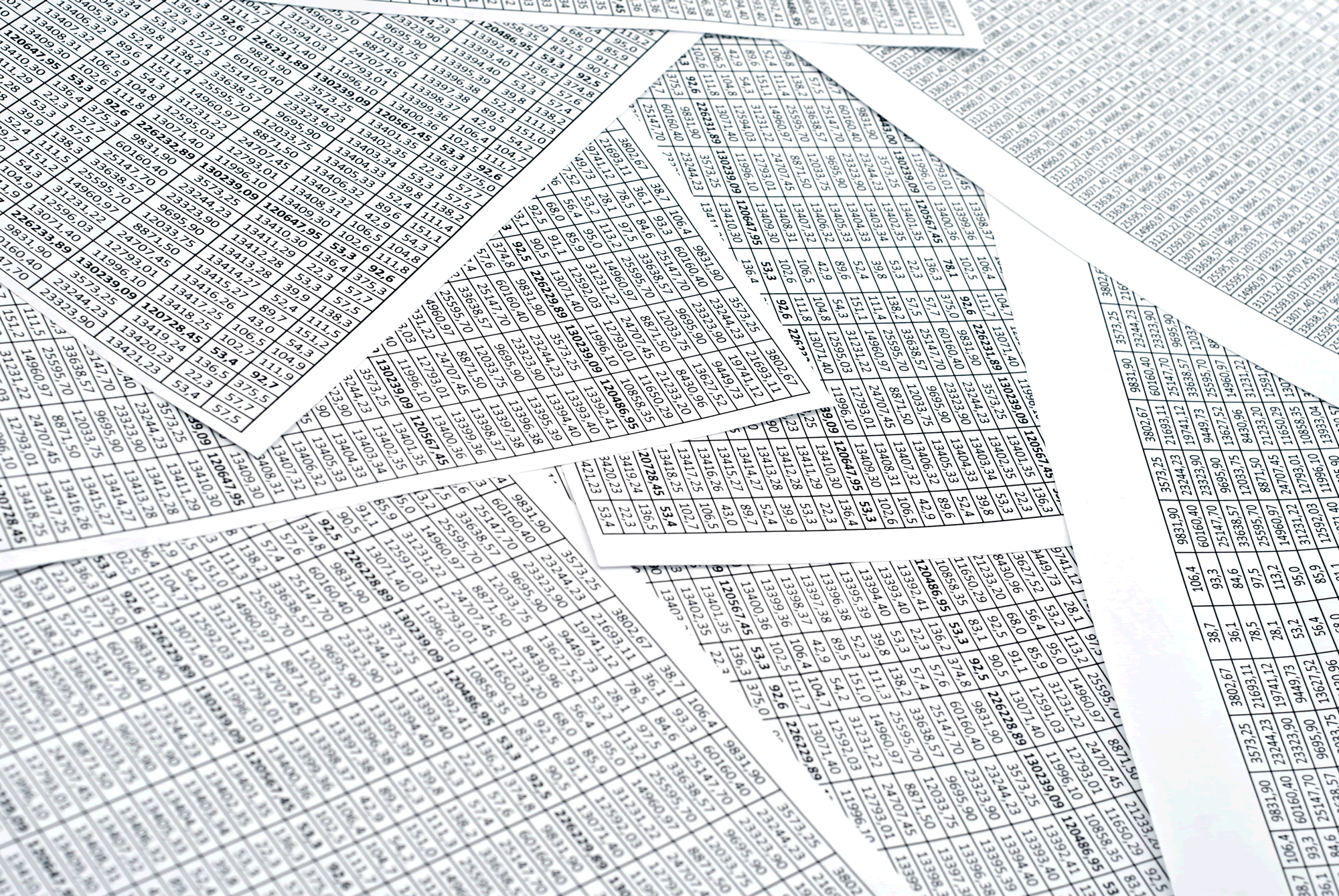Stop fumbling with spreadsheets! Configure and quote in minutes, not days
By John Mignardi, CPQ and Industry Applications Specialist, Javelin Technologies
Ah, the 1980s. A time for Rubik’s cubes, Pac-Man…and spreadsheets.
Personal computers started showing up on desktops and “apps” like Excel were used for creating accounting statements and bills of materials (along with everyday tasks like tracking your football pool). Excel was and still is a remarkable tool for accumulating data and reporting results.
Unfortunately, spreadsheets are still being used these days for quoting. Getting a price to a customer is one of the most important tasks you do in your business. An effective quoting system must be fast, accurate, and easy to understand. Spreadsheets cope with simple calculations and provide some ability to configure different variants. You can manage details such as discounts, exchange rates, and shipping charges. You might even use macros and some simple graphics to develop a decent-looking document for a customer.
Over time, however, as your team grows, your product offerings become more diverse, and customization becomes increasingly important to your customers, your “simple” spreadsheets will get far too complicated and difficult to manage and use. Your quoting process will become inefficient, slow, and likely to make costly errors.
Here are some of the hazards with using spreadsheets:
- Spreadsheet data may not be “live”
Quoting is likely to be disconnected from the rest of the business. Essential data used in quoting, such as unit pricing for materials, currency exchange rates, and hourly rates for service, may not be up to date.
- Edits may not be properly managed
When using spreadsheets, it’s common for people to just edit then rename the “Master” quoting spreadsheet, leading to this type of revision scenario:
- Master Quoting Tool
- Master Quoting Tool – Rev 1
- Master Quoting Tool – Final
- Master Quoting Tool – Final 2016
- Master Quoting Tool – Final 2016 (with Dealer Edits)
After a while – and it doesn’t take long – your team loses track of which version is the latest, what has changed from the original or previous versions, and why the changes were made. People may even be tempted to customize their own spreadsheet to make it work better for them.
- Your data is not protected
Consider this: anyone with email or a memory stick can send a spreadsheet file to anyone else – even to a competitor. And what about file corruption? Are you disciplined enough to back up your systems and protect every user’s workstation from attack or failure?
- Spreadsheet quoting tools are not scalable
Your spreadsheets will not keep up with business growth. If you have dealers, or have a plan to, managing quoting becomes even more complicated and slow. Spreadsheets will restrict your ability to configure new variants, introduce graphics, and deploy over the web.
Configure-Price-Quote (CPQ) systems
Fast forward to 2017…many companies have introduced CPQ systems to eliminate spreadsheets from the quoting process. CPQ software allows users to access one common system. Any edits are easily made and updated in real time. You’ll reduce the likelihood of using an outdated price and there’s no chance of accessing an old file. Also, you decide who has access to what data.
Further, it’s not just about getting out a quote. For companies that design configurable products, CPQ systems have enabled them to:
- Support dealers with a web-based graphical Product Configurator
- Automatically generate 3D models and photo-realistic renderings
- Automatically generate manufacturing content, such as drawings, flat patterns, bills of materials, etc.
- Connect the quoting system to enterprise systems such as CAD (Computer Aided Design), CRM (Customer Relationship Management) and ERP (Enterprise Resource Planning) systems
CPQ systems shorten the time between the initial sales inquiry and the delivered product. And perhaps equally important, these systems are user-friendly and visually appealing – for everyone from sales people, to dealers, to customers. In our case, we build systems for our customers in which the user gets to see the product in 3D before it is built.
Impressive results
One of our customers is a manufacturer of large material handling equipment who needed to modernize their business processes. Moving from spreadsheets to a CPQ system reduced the time and resources needed to produce quotes, quote drawings, and production drawings. Before implementing CPQ, developing quotes could take three to five days. After implementing CPQ, they generate quotes in less than one hour, including producing sales and fabrication drawings. With a stable platform for expansion, the company grew their dealer network from 10 to 100. They also report an important and often overlooked shift in morale − from being continually under stress to managing their days and their system with confidence.
Are you ready to take the next step?
Contact John to learn more about Javelin Technologies and to learn how his team can help solve your own business challenges.


Leave A Comment